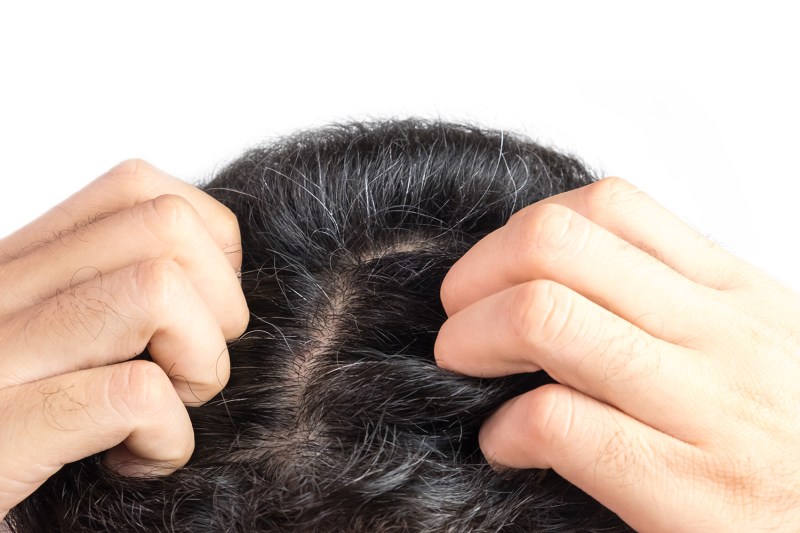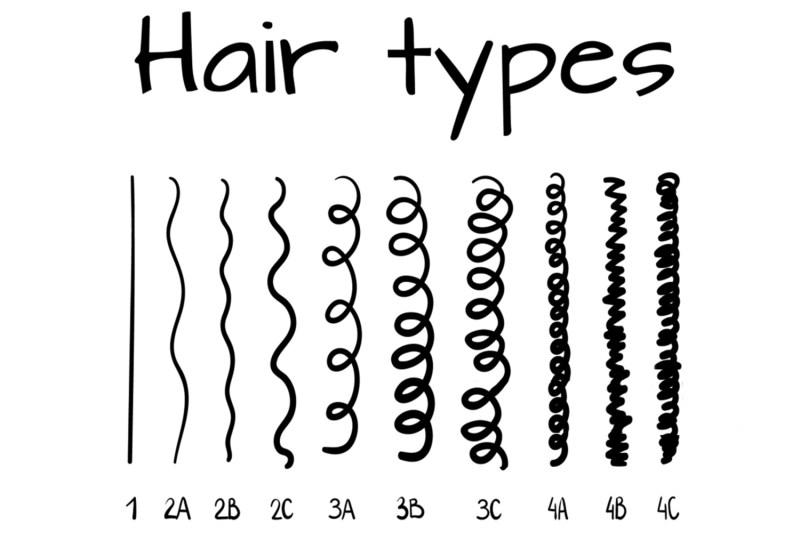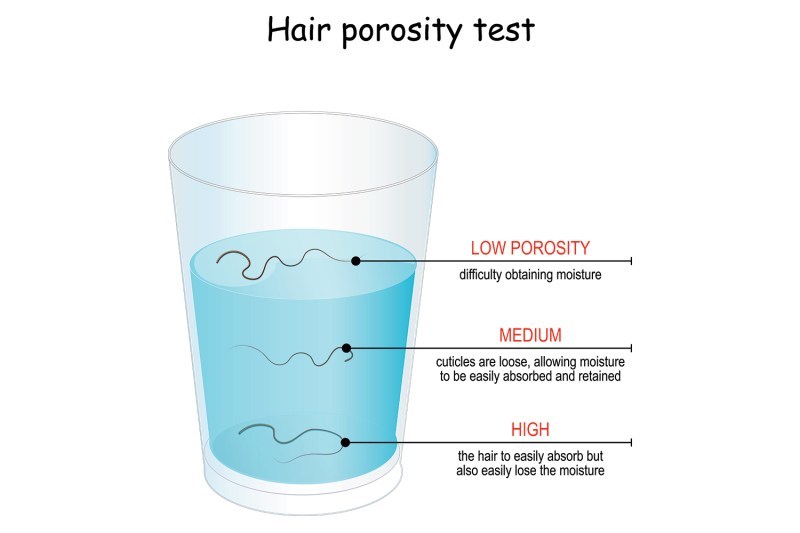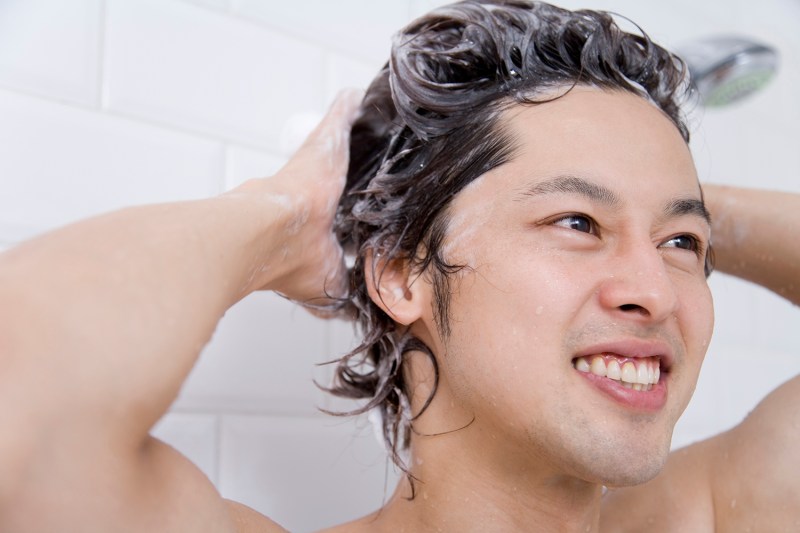
How often should men wash their hair? It’s an important question you may not be asking.
“Men aren’t as educated with haircare as women,” said Mezei Jefferson, former assistant vice president of education curriculum and digital content for L’Oreal. “Men are growing savvier, but more so in the beard care arena.” That means you still may be washing your hair improperly, but that’s a whole complicated matter in its entirety. Let’s just focus on one aspect you’ve been getting wrong for years: Hair washing frequency.
How often should you wash your hair?
You should wash your hair every one to three days, according to Jessica Wu M.D., Los Angeles dermatologist and author of Feed Your Face.
“Testosterone and other androgens stimulate oil glands to produce more sebum, so men typically have more oily scalp and hair and therefore need to wash daily,” Dr. Wu explained, but she clarified: “For most people, I recommend washing your hair every one to three days.”
Your unique answer will depend on your scalp and your hair, but if your hair is looking greasy or your scalp is flaky, it’s probably time to wash. Just don’t use one of those three-in-one body washes that are also shampoo and conditioner.

What is your scalp condition?
“While it’s important to take into account your hair type when deciding how often to wash your hair, it’s even more important to pay attention to your scalp condition, which is living — the hair above your scalp is dead,” said Dr. Wu.
Your scalp should inform the bulk of your washing decisions based on its sebum (a natural oil) production. The shampoo is an emulsifier that traps this oil, along with dirt and product build-up, which you can rinse away. However, people don’t always understand what their scalp is trying to tell them.
“Many of my patients with itchy, flaky scalp mistakenly believe that their scalp is dry, and apply scalp oil, or they are afraid to wash,” Dr. Wu said. “This may be a big mistake!”
Dandruff, everyone’s favorite scalp condition, is actually the result of an overgrowth of harmless skin yeast. Though it might look like your scalp is dry, more frequent washing is actually your best way forward.
“If your scalp is very oily or prone to breakouts, or if you sweat daily, it’s best to wash daily,” Dr. Wu explained. “If your hair itself is brittle or processed, you may want to skip a day in between washes to avoid stripping natural oils.”

What is your hair type?
Unless you have curly hair, you likely aren’t aware that there are different categories for hair types. A few hair typing systems exist, but the most popular one is Andre Walker’s, who uses an alphanumeric key from 1 to 4C. People with category 1 hair have stick-straight hair, 2A-C have wavy hair, 3A-C have spiral curls, and 4A-C have coily or zig-zag hair strand patterns. Those with C types will have tighter curls than A types.
“Looser textures might get weighed down by product and will need to be shampooed more frequently,” Jefferson said. “4A-C textures tend to be drier, and you want to give more time between shampoos so the hair doesn’t become overly dry.”
Curl pattern affects how sebum travels from your scalp down your hair strands. As a result, straighter hair tends to get oily quickly. Hair thickness also plays a role; fine 4C hair may need as much washing as thick 2C hair.

What is your hair porosity?
Even the most well-versed men get stumped here. Hair porosity refers to the hair’s ability to hold on to moisture based on the presence of holes in the hair strand.
- High porosity: The higher the porosity, the drier the hair strand, and the drier the hair, the less often you should wash it.
- Medium or normal porosity: Medium to normal porosity hair sits in the sweet spot, letting in and holding onto just the right amount of moisture, so it can go a few days without a wash. High-porosity hair needs a lot of moisture in order to keep its luster, so people often wait up to a week to wash this kind of hair.
- Low porosity: If you have low porosity, your hair tends to be quite shiny and can be easily weighed down by protein-rich or thick conditioners. Since it’s prone to build-up, this hair usually needs to be washed often.
How to determine your hair porosity
There are several ways to test your hair porosity at home. Try one of these methods to figure it out.
- The strand test: Place a clean strand of hair in a glass of water. If it floats, you have low porosity. If it sinks fast, you have high porosity. Medium porosity hair takes some time to sink.
- The bleach strand test: Bleach a clean strand of hair. If it breaks quickly, you have high porosity. If it takes longer to break, you have low porosity. Medium porosity hair falls somewhere in between.
- The towel test: Wrap your towel around your wet hair. If it takes a long time to dry, you have low porosity. If it dries quickly, you have high porosity. Medium porosity hair dries at a moderate pace.
Once you know your hair porosity, you can adjust your haircare routine accordingly. Here are some general tips:
- Low porosity: Use lightweight products, avoid protein overload, and focus on heat styling protection.
- Medium porosity: Use balanced products, deep condition regularly, and style with heat occasionally.
- High porosity: Use moisturizing products, seal in moisture with oils, and minimize heat styling.
Remember, hair porosity can change over time because of factors like chemical treatments, heat styling, and sun exposure. So, it’s a good idea to reevaluate your hair porosity and adjust your routine accordingly every few months.




